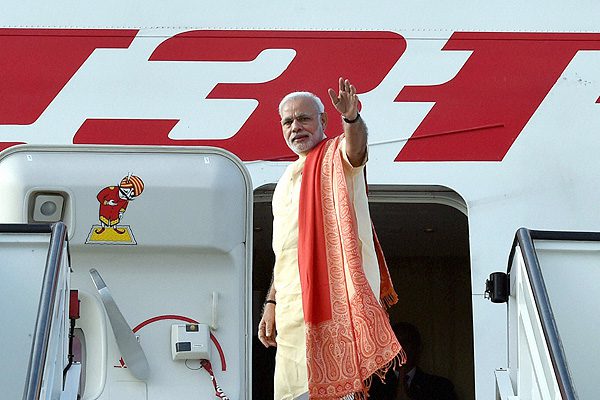(Andy Mukherjee is a Bloomberg Opinion columnist covering industrial companies and financial services. This column first appeared in NDTV on October 11, 2021)
- Drop in at Air India Ltd.’s Mumbai office in early 2001, and you might have come across an elderly, white-jacketed man winding up the clock. With 17,400 employees and just 24 planes – three times the staffing level at major U.S. airlines – silly tasks like timekeeping in the headquarters had become someone’s job description. Still, optimism was in the air back then. With India seeking to sell its national carrier, half a century of accumulated sloth was about to be shed. And yet, the privatization plan collapsed, and took 20 further years and billions of dollars of wasted capital to be reassembled again. Finally, when the global travel industry has been ravaged by a pandemic, Prime Minister Narendra Modi has managed to let Air India go. Two decades ago, the airline was valued at $4 billion by the pilots’ union. Compared with that, the winning bid of 180 billion rupees ($2.4 billion) by the Tata Group – from whom Air India was wrested by a socialist-minded government in 1953 – is a pittance. More so, as cash payment to New Delhi will account for only 15% of the consideration. The rest will be debt assumed by the new owner, a Mumbai-based conglomerate that also controls Jaguar Land Rover and runs India’s largest computer-software firm. Even after the deal, $6.2 billion in borrowings will get left behind and become explicit state liability…
Also Read: Modernizing India would require data on the premodern: A Raghuramaraju

